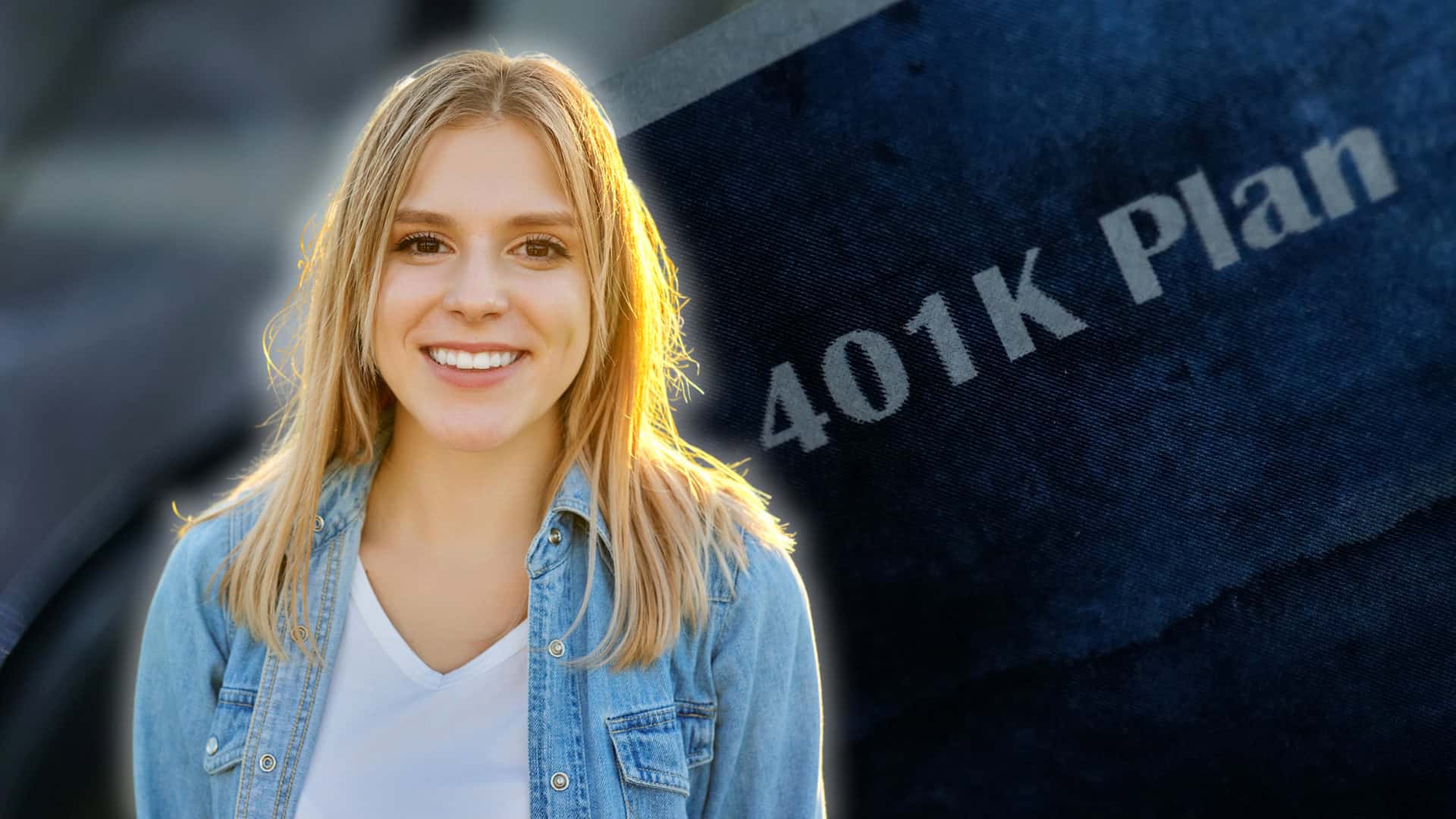Personal Finance
I'm invested elsewhere but want to start contributing to my 401(k) — what does 'maxing it out' mean?

Published:

The 401(k) program is a fixture today in retirement planning, but it wasn’t always. As recently as the 1970s, pension plans were the primary vehicle for retirement, with more than half of all workers covered by one.
That changed with the Revenue Act of 1978, which created the 401(k). Originally a supplement to pensions, soaring healthcare and benefits costs caused employers to drop defined benefit plans in favor of defined contribution programs. Today, nearly 57% of workers have access to a 401(k), while 15% have a pension, and most of those are government employees.
So it makes sense to fully fund your 401(k), right? That’s the question a Redditor had on the r/investing subreddit. More to the point, he wanted to know what does maxing out a 401(k) even mean.
“Maxing out” your 401(k) means contributing the highest amount allowed by law each year. In 2024, you can contribute up to $23,000 for the year, which will increase by an additional $500 next year.
For those aged 50 years and older, a catch-up provision allows you to contribute an additional $7,500, making for a total of $30,500 this year and $31,000 in 2025. Beginning on Jan. 1, however, individuals aged 60 to 63 years old can contribute an extra $11,250, making the maximum contribution a total of $34,750.
Doing this can be a powerful way to save for retirement. Because these are pre-tax dollars, You receive immediate tax benefits by reducing your taxable income. Your investments then grow on a tax-deferred basis. Moreover, if your company has an employer match program, which is when a company matches your contributions dollar-for-dollar or a percentage of it, up to a percentage of your income, you are essentially receiving free money.
Despite these compelling advantages, maxing out your 401(k) might not always be the best financial strategy for everyone.
I’m not a financial advisor, so these are only my opinion, but money in a traditional 401(k) isn’t easily accessible until you reach 59-1/2. If you withdraw the money early, you face substantial penalties and taxes. Additionally, some 401(k) plans come with high fees that can diminish your returns over time.
Second, your 401(k) might have limited investment options or doesn’t match your investment philosophy. Putting all of your money into the plan means you could miss out on better opportunities.
Third, if you have credit cards, auto loans, or other high-interest debt you will likely earn a better return on your money paying them off before putting funds into the 401(k).
Last, when you finally withdraw from your 401(k), you pay taxes on the growth of your investments. If you have been successful, that could be a hefty tax bill even if you are in a lower tax bracket.
But there are other, possibly better strategies to consider other than maxing out your 401(k).
Always contribute to your 401(k) up to the maximum of the employer match. There is no reason to give up free money, but atfer that you have options.
Contribute to a Roth IRA. Although contributions to a Roth are made with after-tax income, the earnings grow tax-free so you don’t owe the IRS when you finally withdraw. However, the maximum contribution to a Roth IRA is just $7,000 a year.
Contribute to a Health Savings Account (HSA). Because healthcare is likely to be one of your biggest expenses in retirement, putting money aside for them is smart. HSAs are triple tax-advantaged, meaning contributions are pre-tax, earnings grow tax-free, and withdrawals for qualified medical expenses are tax-free.
For that reason, many financial planners will recommend maxing out an HSA first ($4,125), then maxing out your Roth IRA, and only then max out your 401(k).
There are a number of other options available to finance your retirement, so speaking with a financial advisor is a good first step in your planning process.
While maxing out your 401(k) is commendable in securing your financial future, it’s not a one-size-fits-all solution. You need to assess your personal financial situation, including having access to your money, your existing debt, the quality of investment options available, and your projections for future tax liabilities.
If you’re one of the over 4 Million Americans set to retire this year, you may want to pay attention.
Finding a financial advisor who puts your interest first can be the difference between a rich retirement and barely getting by, and today it’s easier than ever. SmartAsset’s free tool matches you with up to three fiduciary financial advisors that serve your area in minutes. Each advisor has been carefully vetted, and must act in your best interests. Start your search now.
Don’t waste another minute; get started right here and help your retirement dreams become a retirement reality.
Thank you for reading! Have some feedback for us?
Contact the 24/7 Wall St. editorial team.